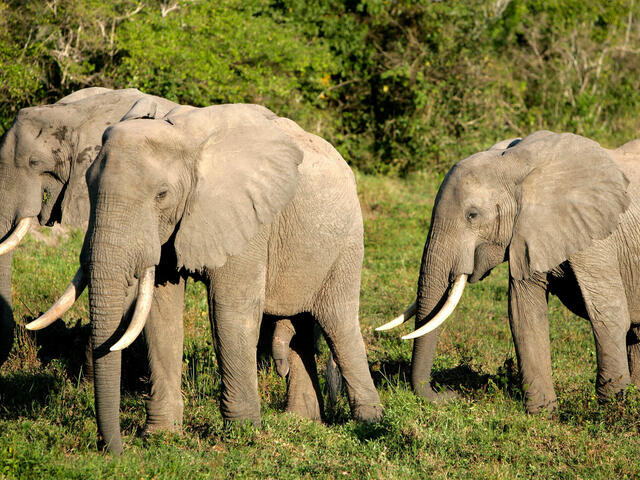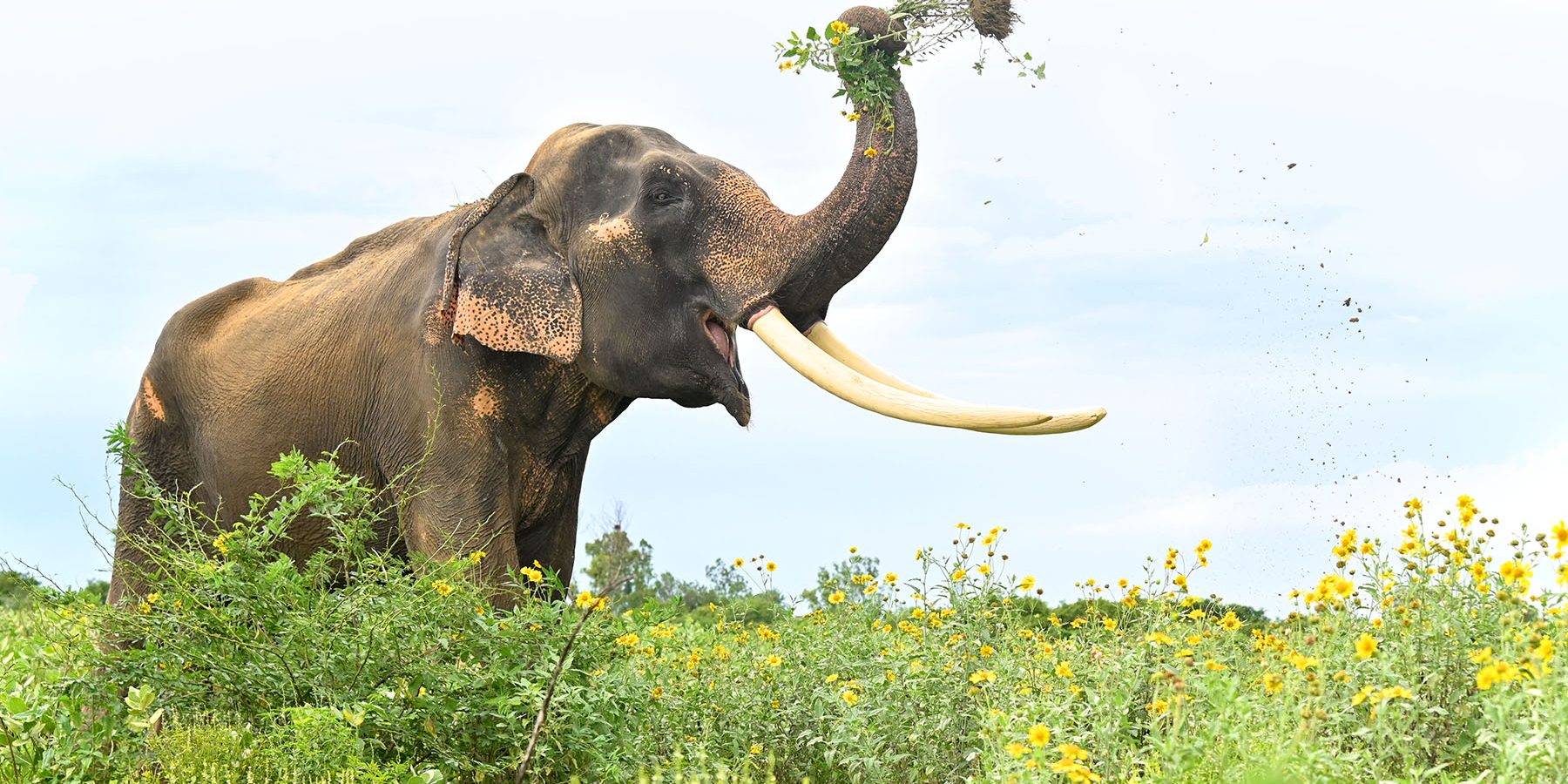
African Elephant
When an elephant drinks, it sucks as much as 2 gallons (7.5 liters) of water into its trunk at a time. Then it curls its trunk under, sticks the tip of its trunk into its mouth, and blows. Out comes the water, right down the elephant's throat. Since African elephants live where the sun is usually blazing hot, they use their trunks to help them keep cool. First they squirt a trunkful of cool water over their bodies. Then they often follow that with a sprinkling of dust to create a protective layer of dirt on their skin. Elephants pick up and spray dust the same way they do water—with their trunks. Elephants also use their trunks as snorkels when they wade in deep water. An elephant's trunk is controlled by many muscles. Two fingerlike parts on the tip of the trunk allow the elephant to perform delicate maneuvers such as picking a berry from the ground or plucking a single leaf off a tree. Elephants can also use its trunk to grasp an entire tree branch and pull it down to its mouth and to yank up clumps of grasses and shove the greenery into their mouths. When an elephant gets a whiff of something interesting, it sniffs the air with its trunk raised up like a submarine periscope. If threatened, an elephant will also use its trunk to make loud trumpeting noises as a warning. Elephants are social creatures. They sometimes hug by wrapping their trunks together in displays of greeting and affection. Elephants also use their trunks to help lift or nudge an elephant calf over an obstacle, to rescue a fellow elephant stuck in mud, or to gently raise a newborn elephant to its feet. And just as a human baby sucks its thumb, an elephant calf often sucks its trunk for comfort. One elephant can eat 300 pounds (136 kilograms) of food in one day. People hunt elephants mainly for their ivory tusks. Adult females and young travel in herds, while adult males generally travel alone or in groups of their own.
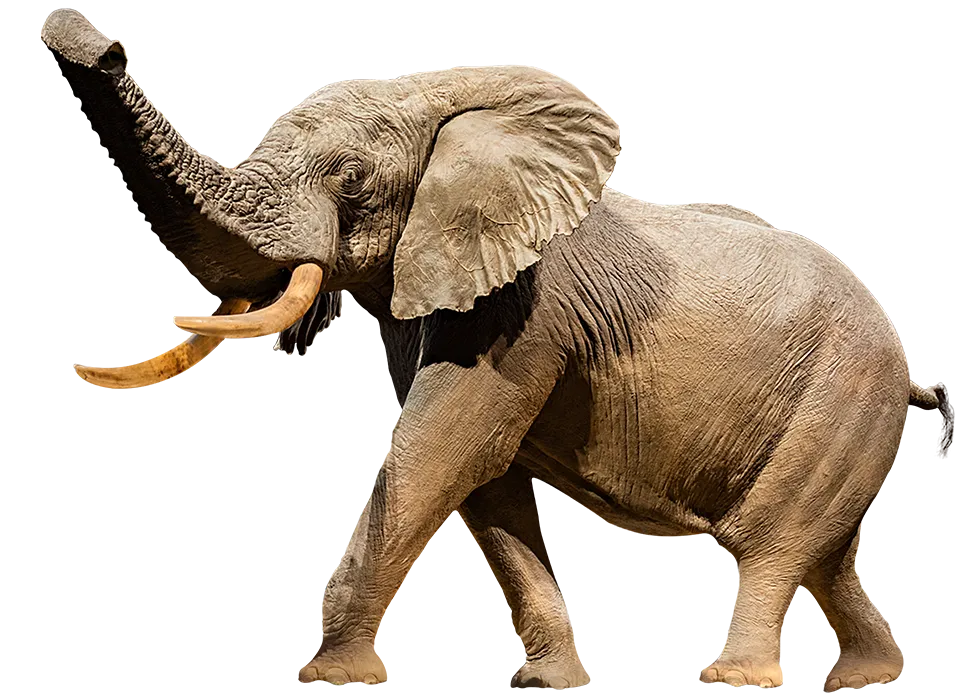
African Bush Elephant Smithsonian National Museum of Natural History
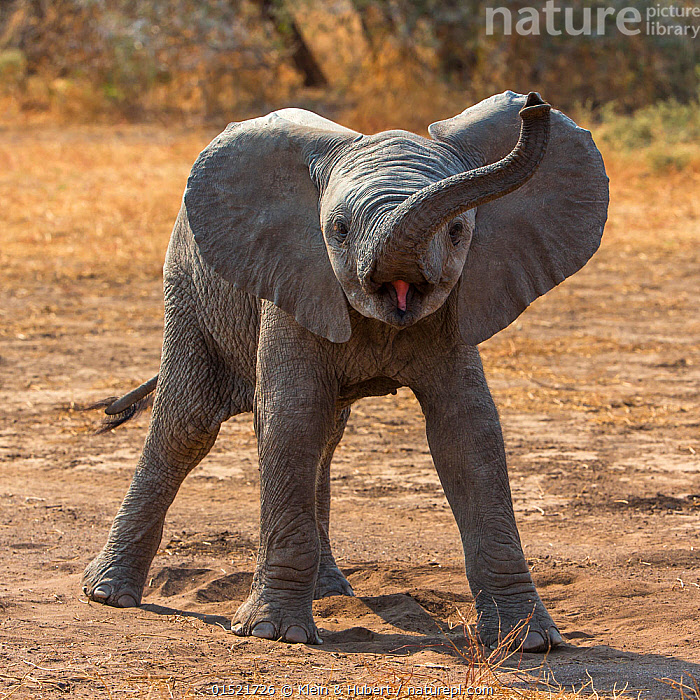
Stock photo of African elephant (Loxodonta africana) calf playing, Botswana.. Available for sale on
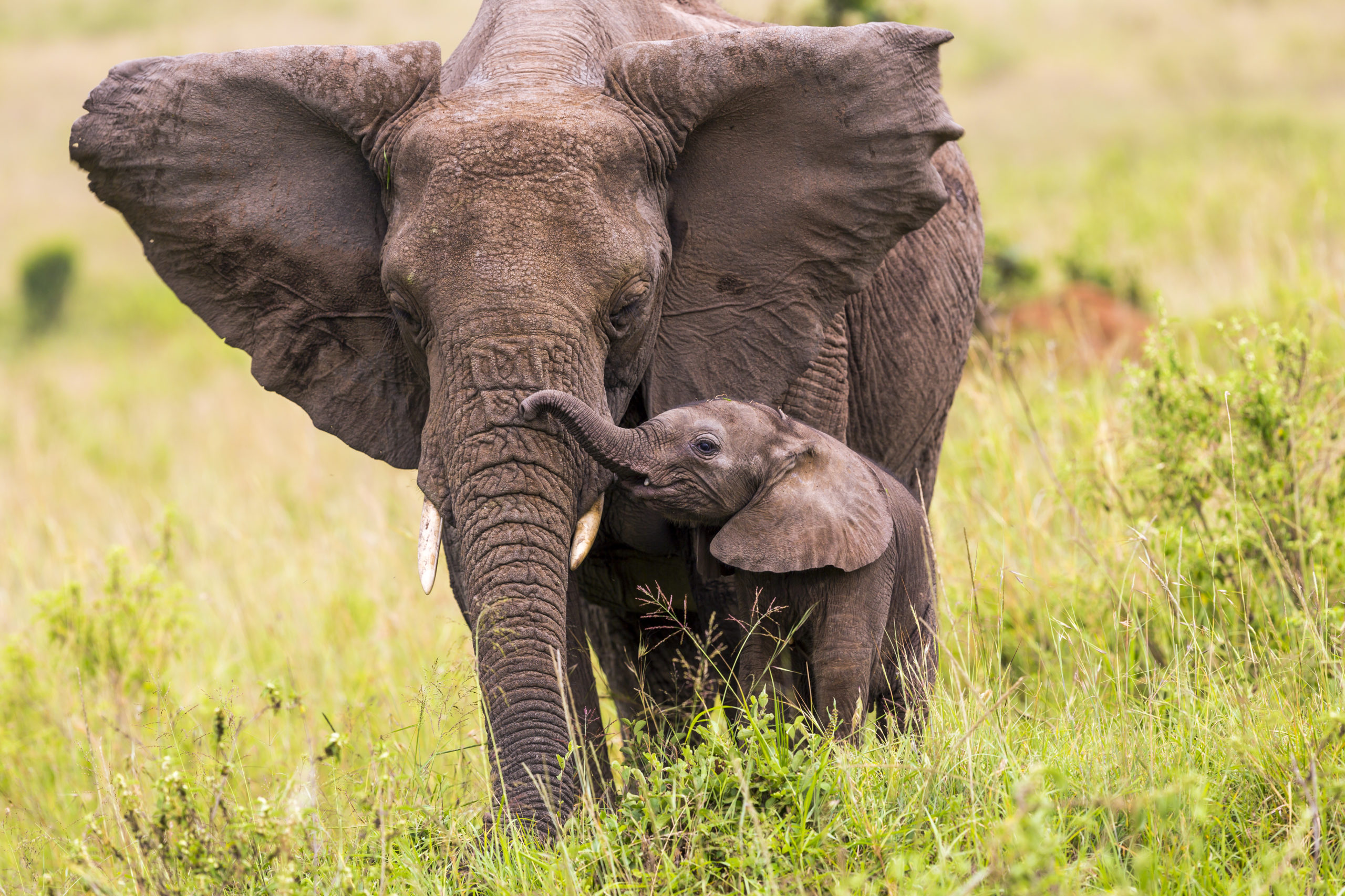
Top destinations for African elephant safaris - Alfred
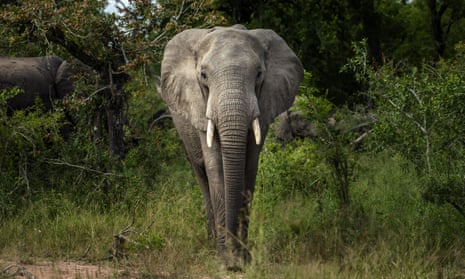
African elephant populations stabilise in southern heartlands, Wildlife
Baby elephant at the zoo frolics with mom
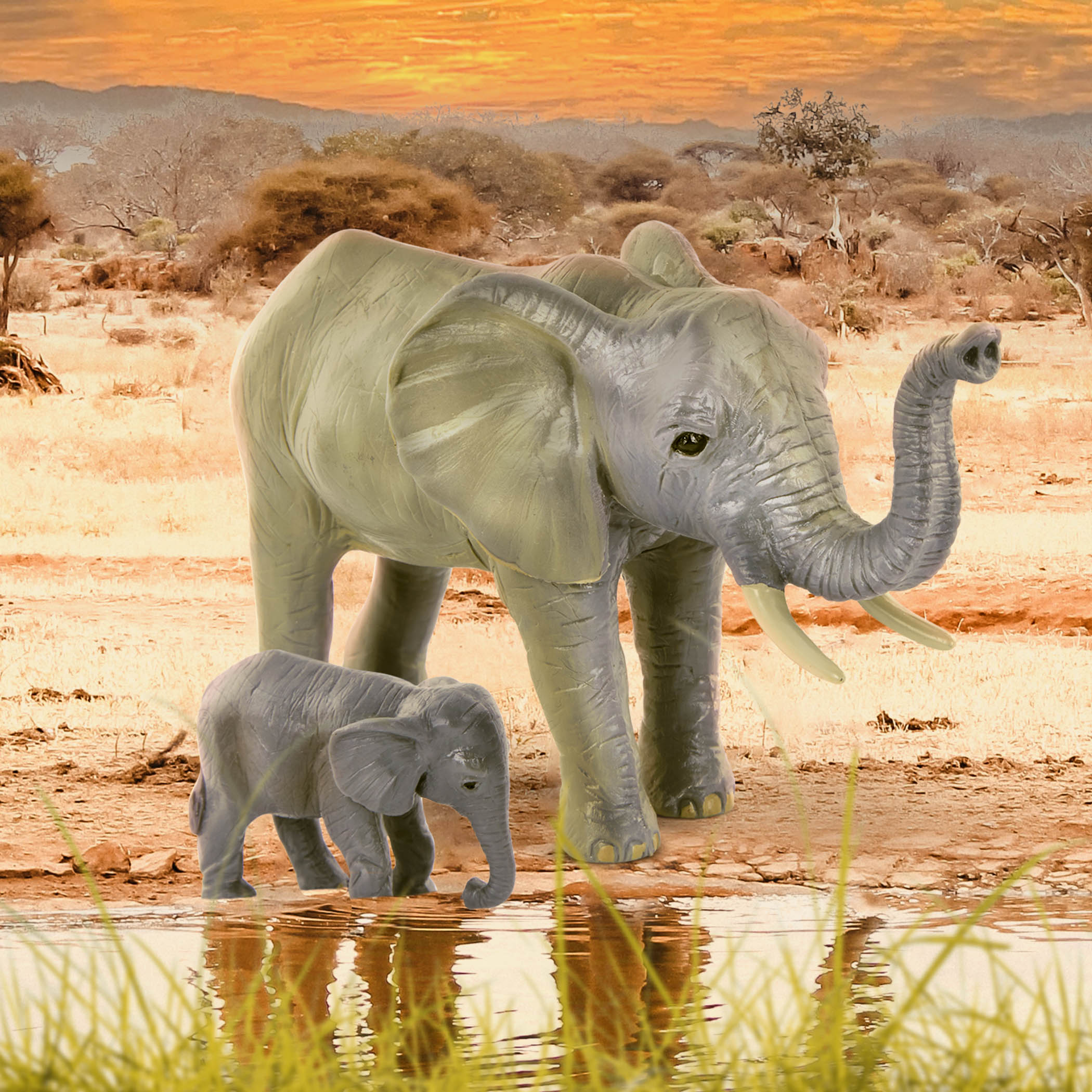
African Elephant Family – Terra by Battat

African Elephant
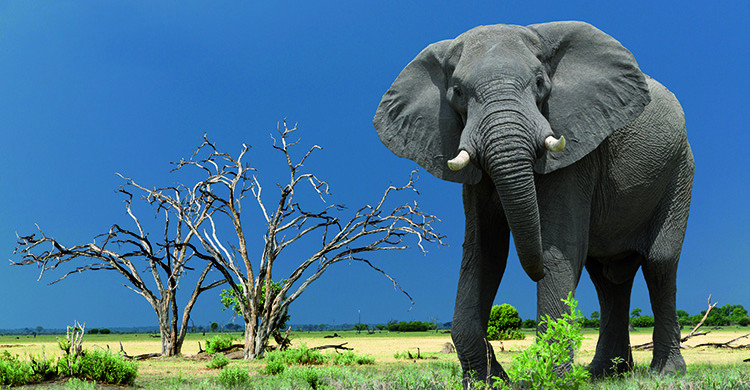
West African Elephants Memorandum of Understanding concerning Conservation Measures for the West African Populations of the African Elephant
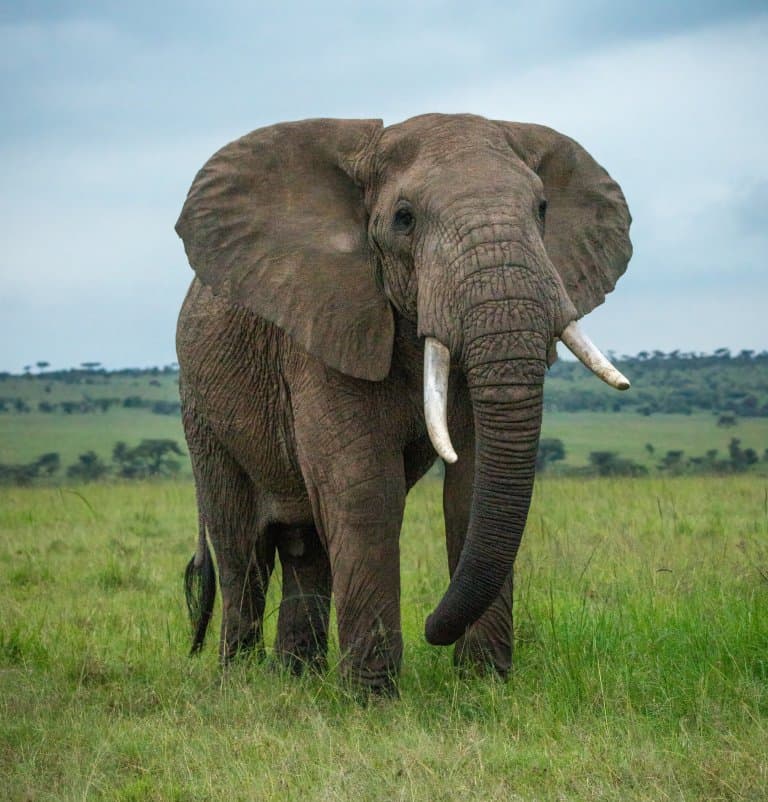
12 Astonishing African Bush Elephant Facts - Fact Animal

New African elephant at Indy Zoo
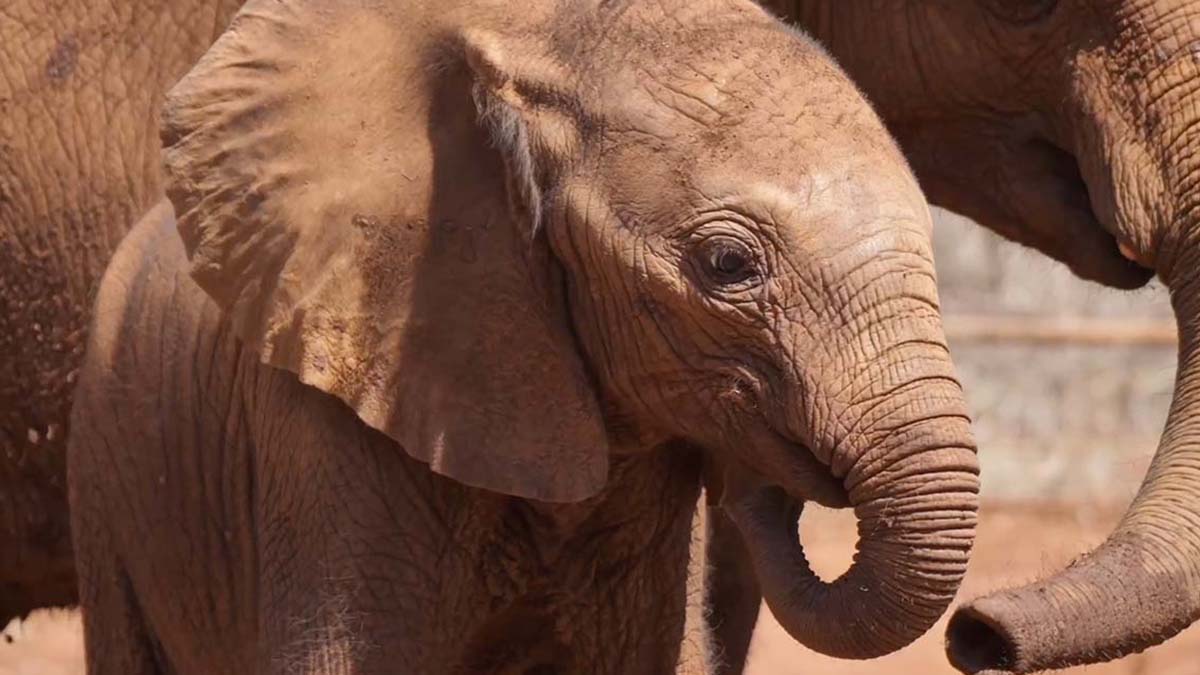
Elephant Facts David Shepherd Wildlife Foundation
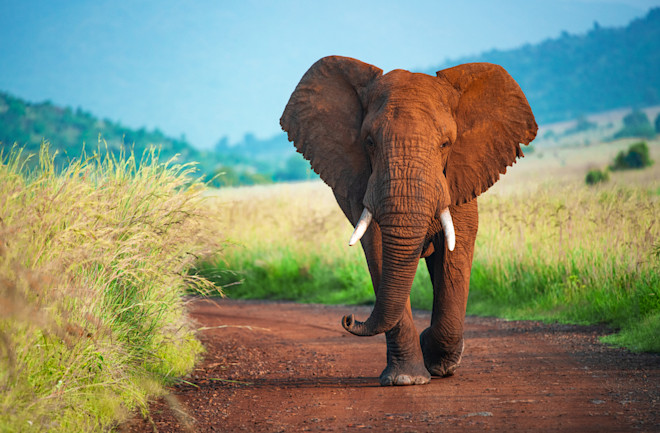
How Many Elephants Are Left In The World?
:max_bytes(150000):strip_icc()/elephant-5bb249d0cff47e002652ec84.jpg)
African Elephant Facts
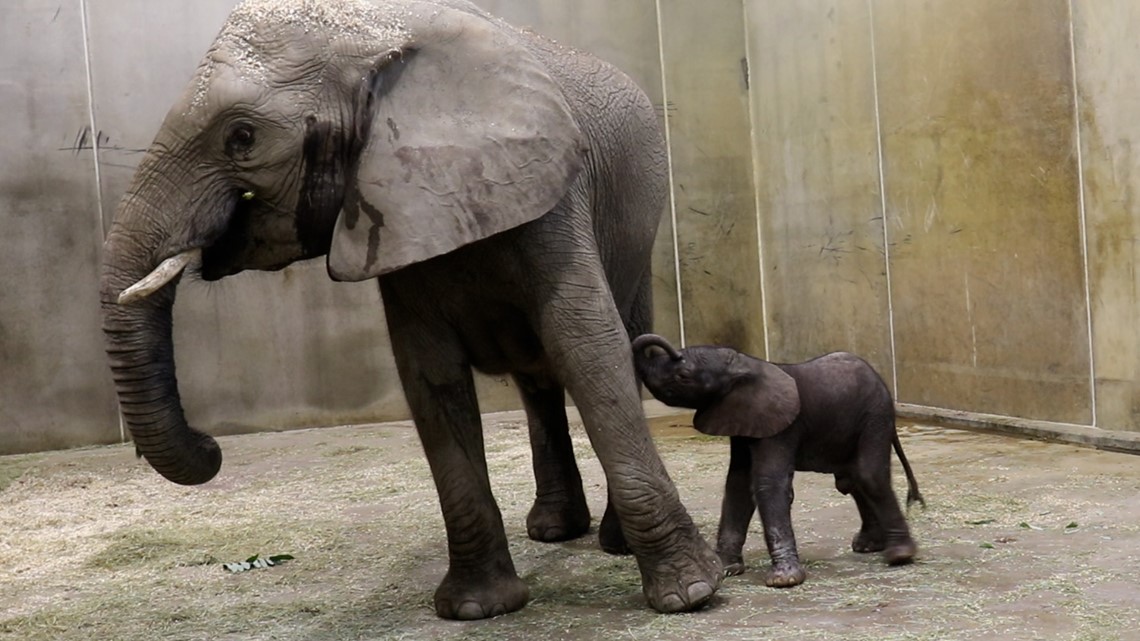
Indianapolis Zoo welcomes African elephant through historic birth
